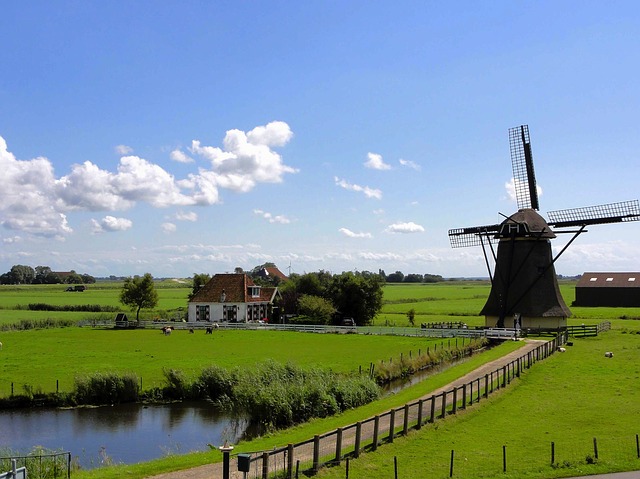External environment
In its broadest sense, the term ‘environment’ refers to all of the things around us. These things can affect our comfort, wellbeing, performance, behaviour, growth and development. In turn, our behaviour can impact on the environment around us.
The environment comprises the built environment and the natural environment. For more information see: Environment.
The phrase ‘external environment’ typically refers to the environment that exists outside buildings or other enclosures. This is as opposed to the internal environment, which comprises the environment inside buildings and other enclosures.
The external environment can include aspects of the built environment and of the natural environment. The common concept of the natural environment encompasses two different components:
- Ecological units that operate as natural systems (such as soil, vegetation and so on).
- Universal natural resources (such as air and water).
The built environment is increasingly developed in a way that considers both its resilience to and its impact on the natural environment.
The external environment might be formed by its:
- Size, form, layout, texture, landscape, seascape and so on.
- Acoustic environment.
- Visual environment.
- Thermal environment.
- Air quality.
- Ecology.
The term ‘external works’ describes any construction works carried out to the external environment. RICS’s New Rules of Measurement Part 3 (NRM3) categorises external works as:
- Site preparation works.
- Roads, paths, pavings and surfacings.
- Soft landscaping, planting and irrigation systems.
- Fencing, railings and walls.
- External fixtures.
- External drainage.
- External services.
- Minor building works and ancillary buildings.
For more information see: External works.
NB The phrase ‘external environment’ can also be used to refer to the factors outside an organisation that can influence its activities and decision making. This might include; economic conditions, events, policies and so on. Typically, this is considered to comprise a micro environment (such as suppliers and customers) and a macro environment (cultural, political and economic conditions and so on).
[edit] Related articles on Designing Buildings Wiki
Surrey Hills Directory
[edit] Planning
Building Design in the Surrey Hills
[edit] Highways
Conserving and Enhancing Country Lanes in the Surrey Hills AONB
[edit] Biodiversity & Landscape
Landscapes Review: National Parks & AONBs 2019
Light Pollution - Threat to Migrating Birds
Making Local Nature Recovery Strategies deliver
[edit] Health & Wellbeing
Nature and Wellbeing: The Evidence
How nature can be used to improve wellbeing







